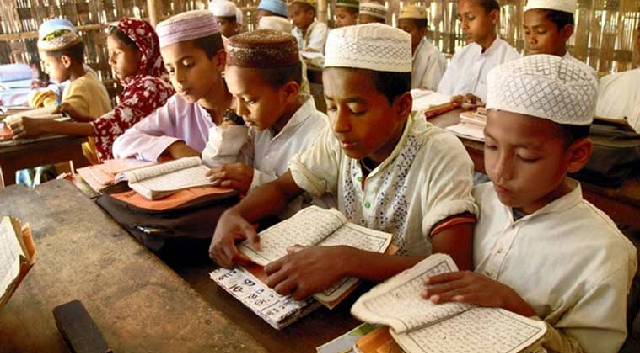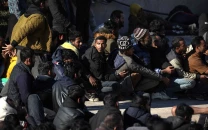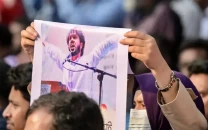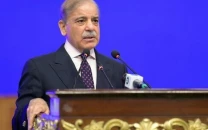Muslims 'educationally most disadvantaged community' in India
According to census data, literacy rate among Muslims was 68.53 per cent against the average of 72.98 per cent

The panel shared a three-tier model of institutions like central schools, community colleges and national institutes to tackle the concern. The panel also suggested creation of infrastructure to propose education at primary, secondary and tertiary levels by opening 211 schools, 25 community colleges and five national institutes.
Union Minority Affairs Minister Mukhtar Abbas shared that the recommendations of the pane; are in line with the government campaign to empower the minorities educationally. "We are currently studying the report. We will figure out the components which can be easily implemented. We will try to implement the do-ables from the next academic year," the minister told an Indian news agency.
A future for minorities
The Maulana Azad Education Foundation (MAEF) formed an 11-member committee last year. The MAEF is a non-profit and non-political social services organisation funded by the ministry.
"The educationally most disadvantaged community among minorities in India are the Muslims. They are lagging behind in literacy, enrollments and in successful completion of courses at primary, secondary and tertiary levels," the committee observed in the report.
According to 2011 census data, literacy rate among Muslims was 68.53 per cent against the national average of 72.98 per cent. The difference in enrollment rate for Muslims, 74 per cent, and the remaining population, 83 per cent, is also 'sharp', the panel said.
"We feel the three-tier model…would have a very positive and salutary effect in tackling the educational backwardness of the minorities and getting their children into the mainstream where they become proud contributors to the development of our nation," it said.
Community colleges are expected to charge low tuition fees and are proposed to provide tertiary education opportunities in arts, commerce, science and skill-based courses like health sciences, hospitality, textile and leather technology, fashion designing and media industry. The community colleges would be set up one each in 25 states and enhance the employ-ability of its students, the report added.
The national institutes are proposed to be set up for providing education in areas such as science and technology, health and allied sciences, architecture planning and design, climate change and disaster management and renewable energy and food security, Scoop Whoop reported.
Population census source of fear and hope for minorities
These will offer programmes of masters, doctoral and post-doctoral levels and their research infrastructure is envisioned to be at par with international standards, it suggested.



















COMMENTS
Comments are moderated and generally will be posted if they are on-topic and not abusive.
For more information, please see our Comments FAQ